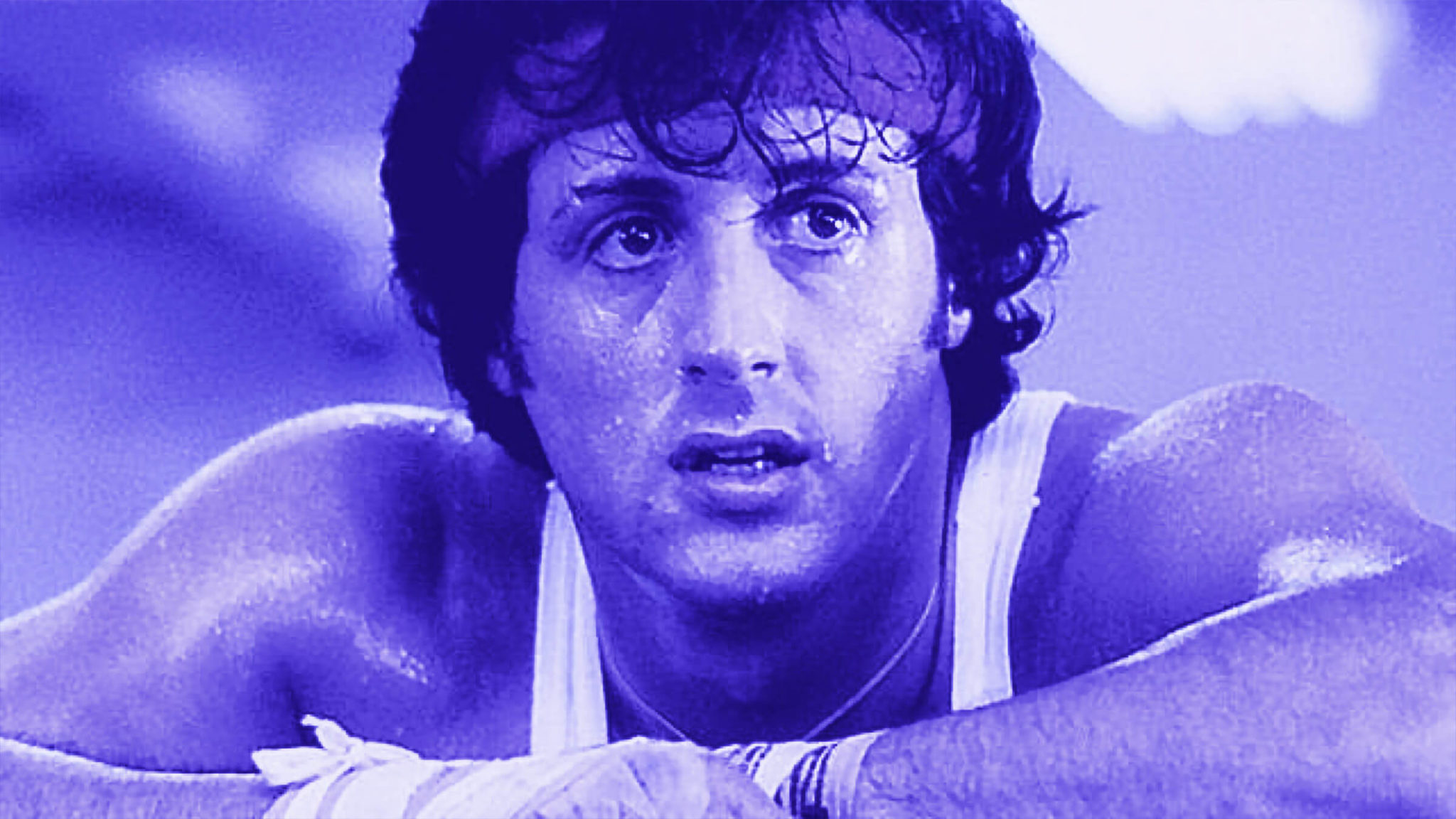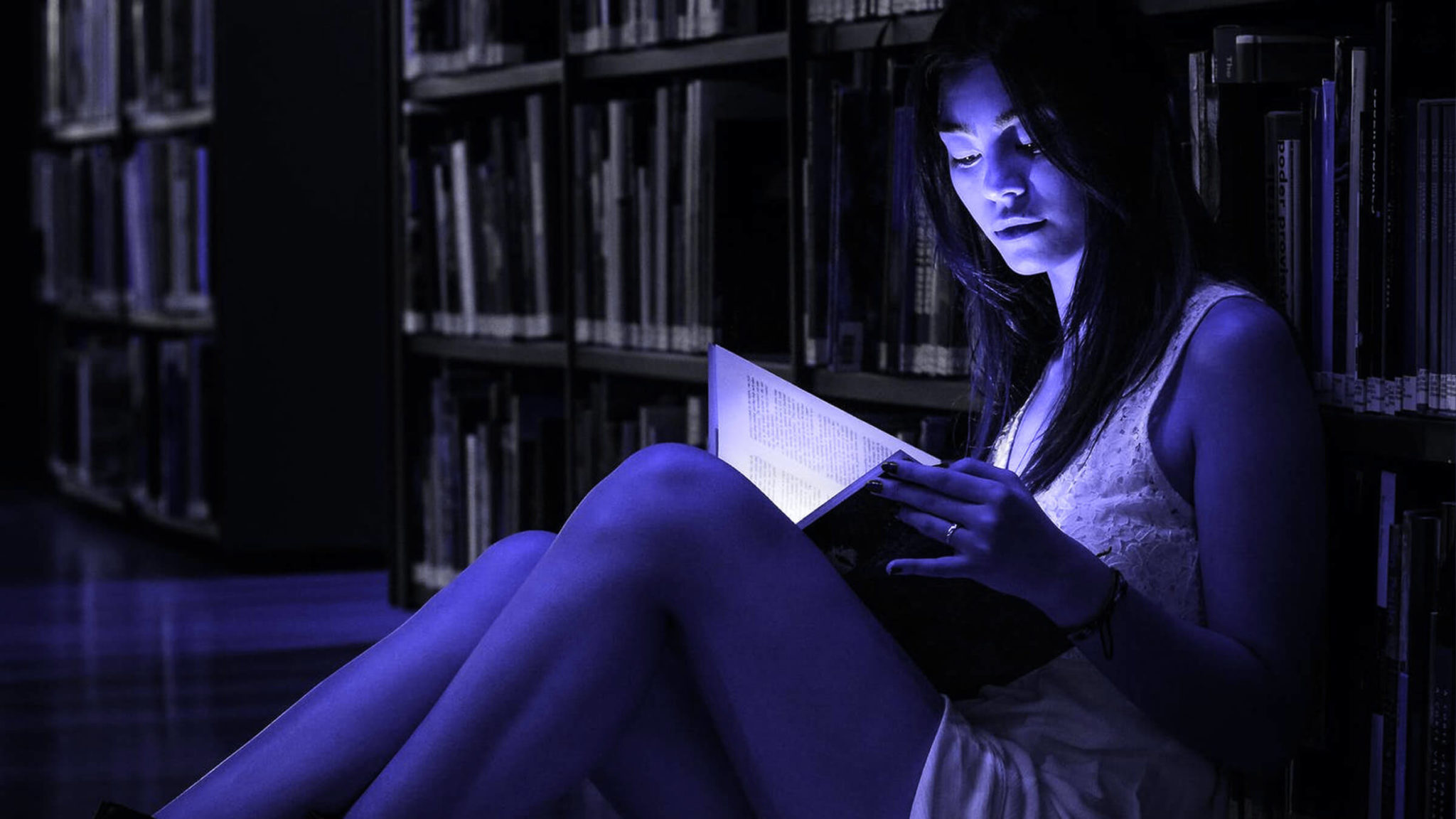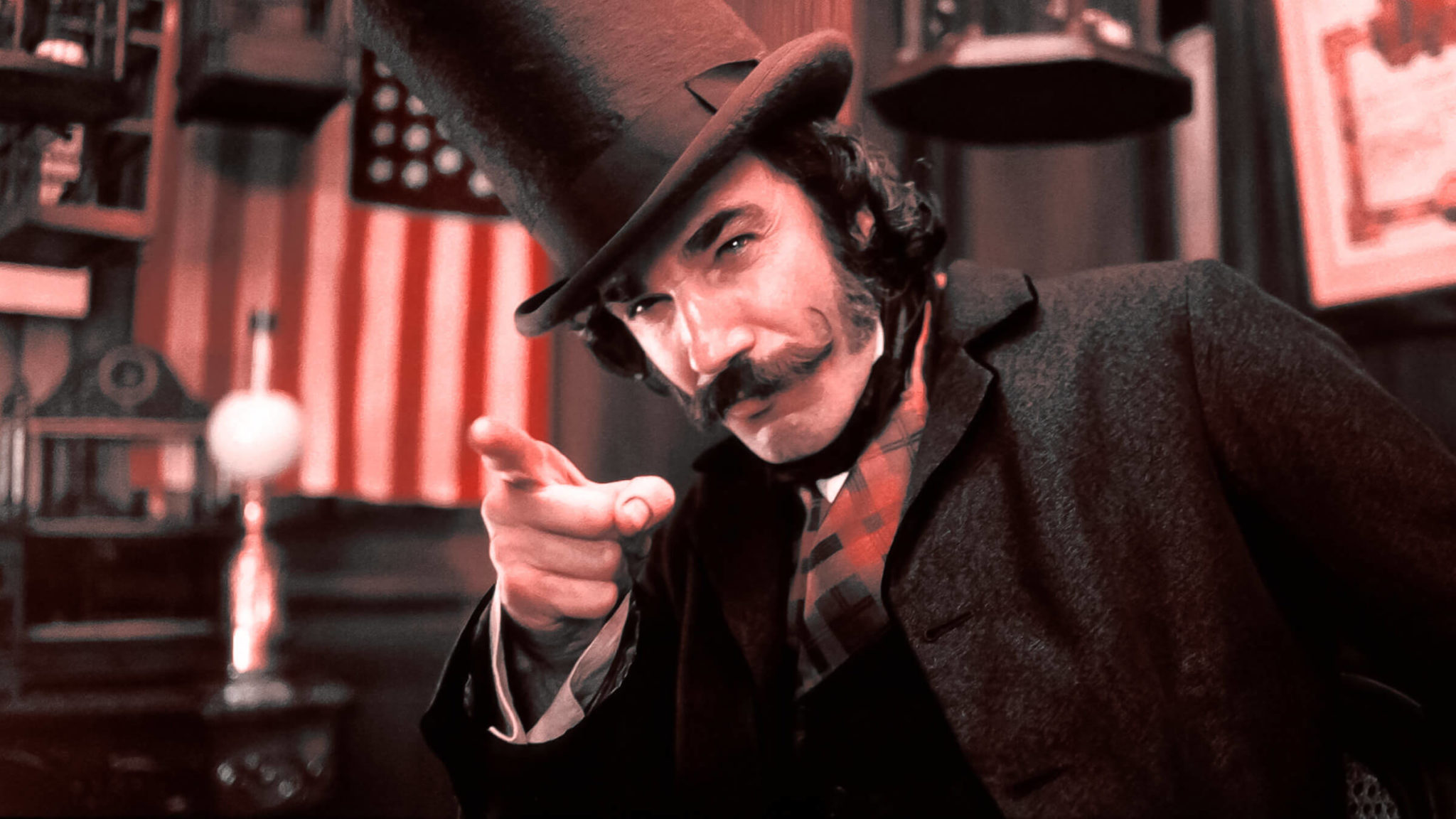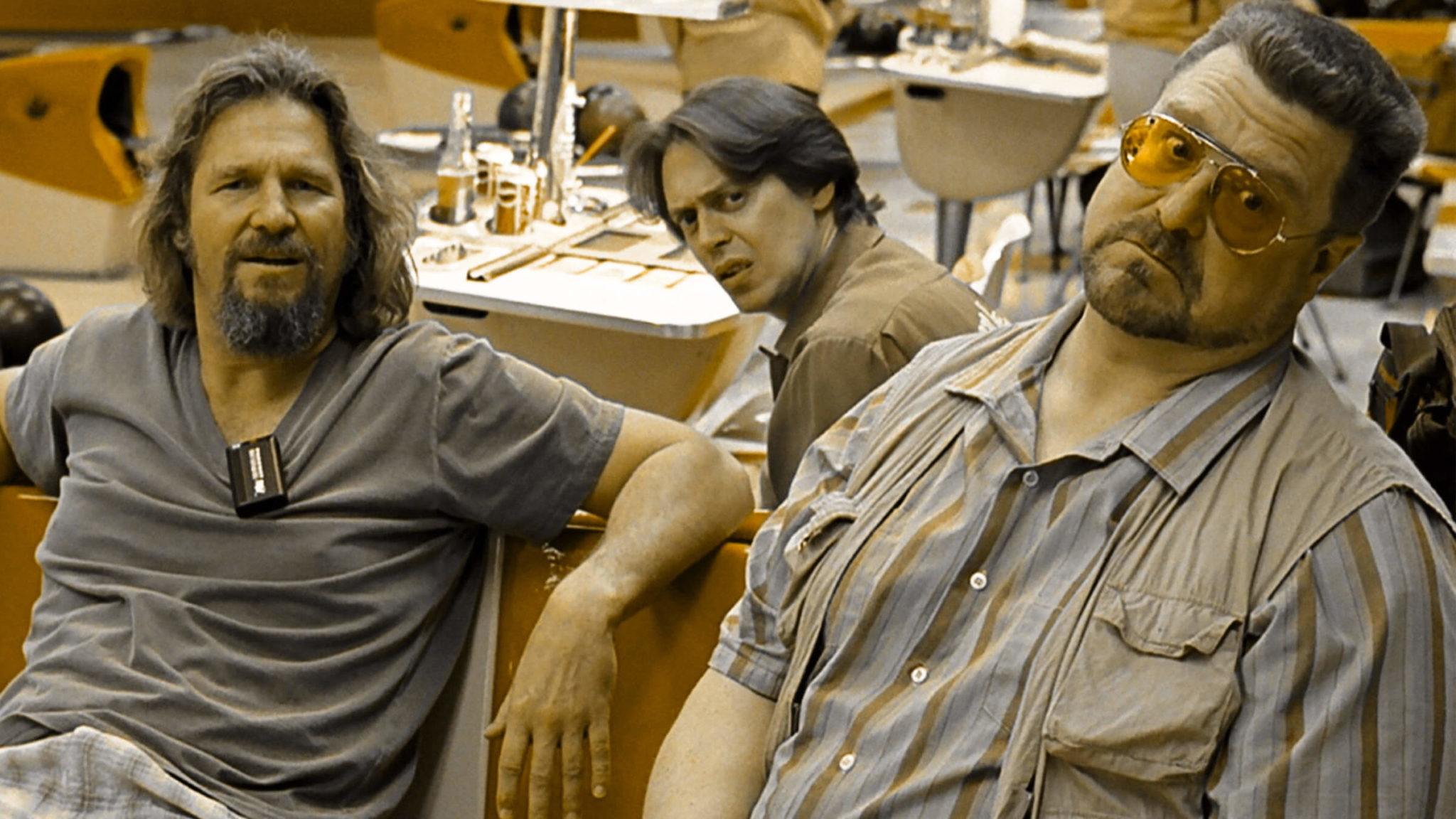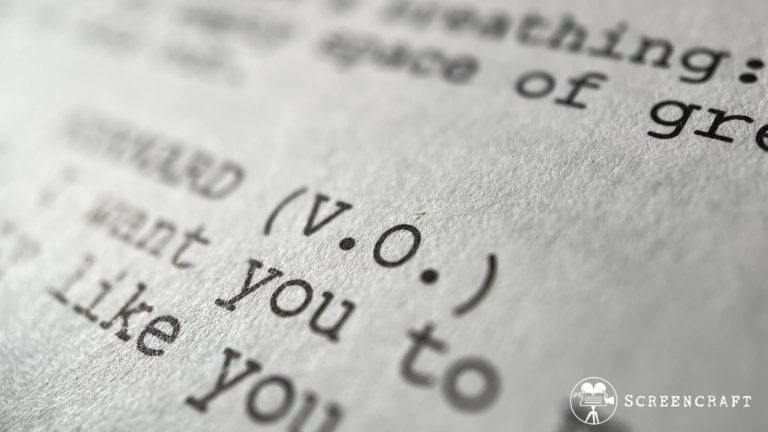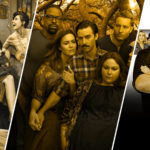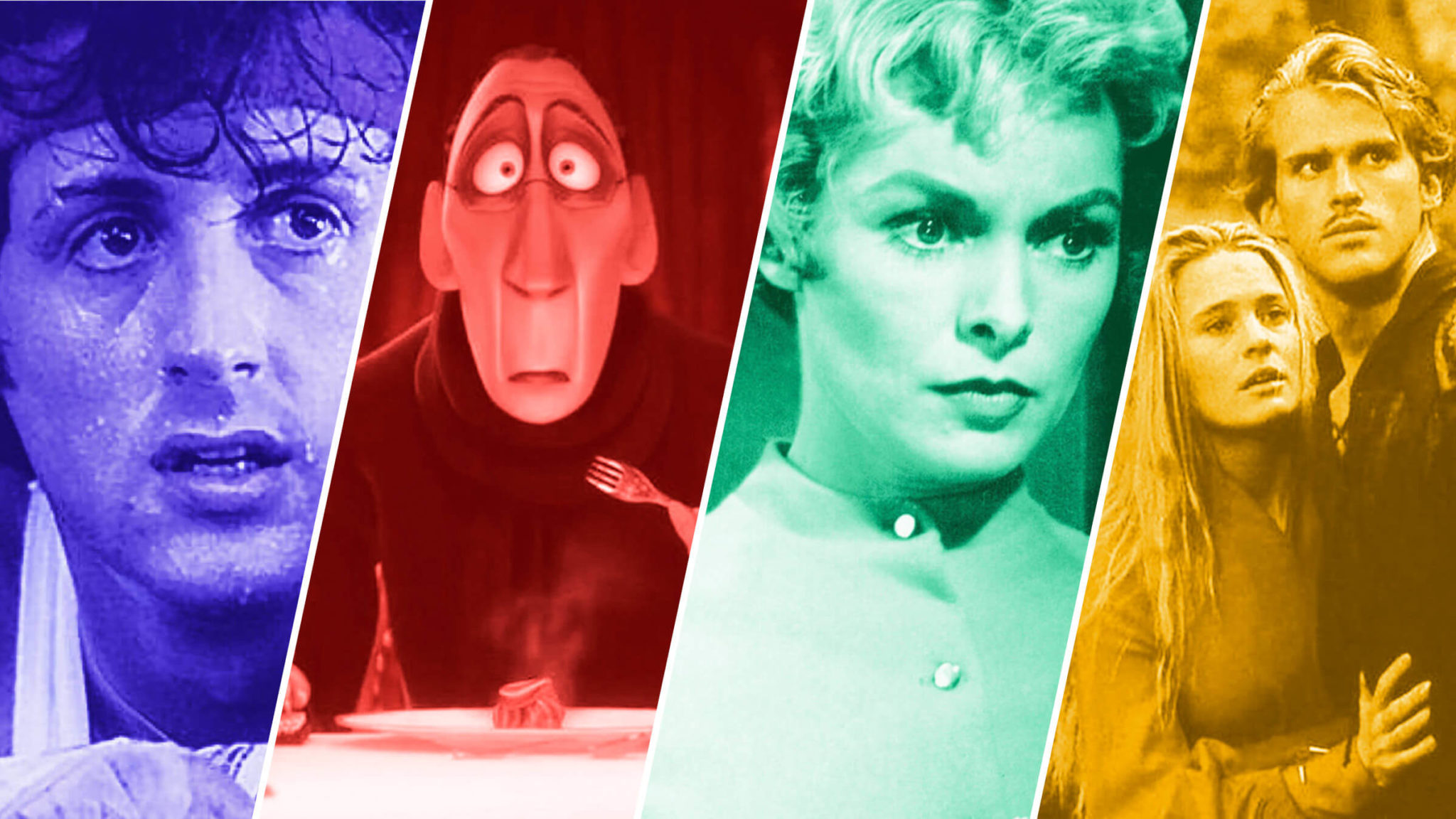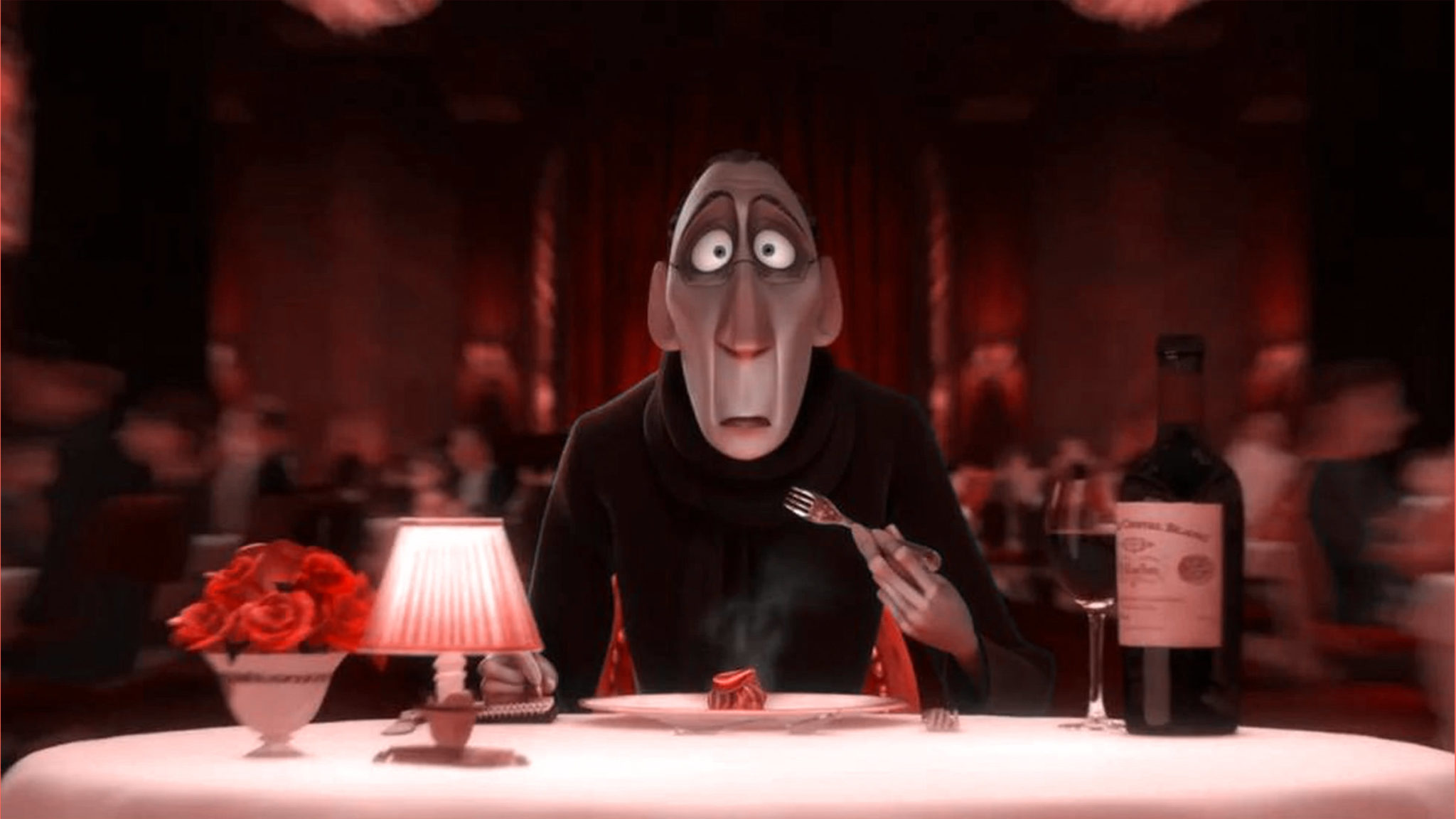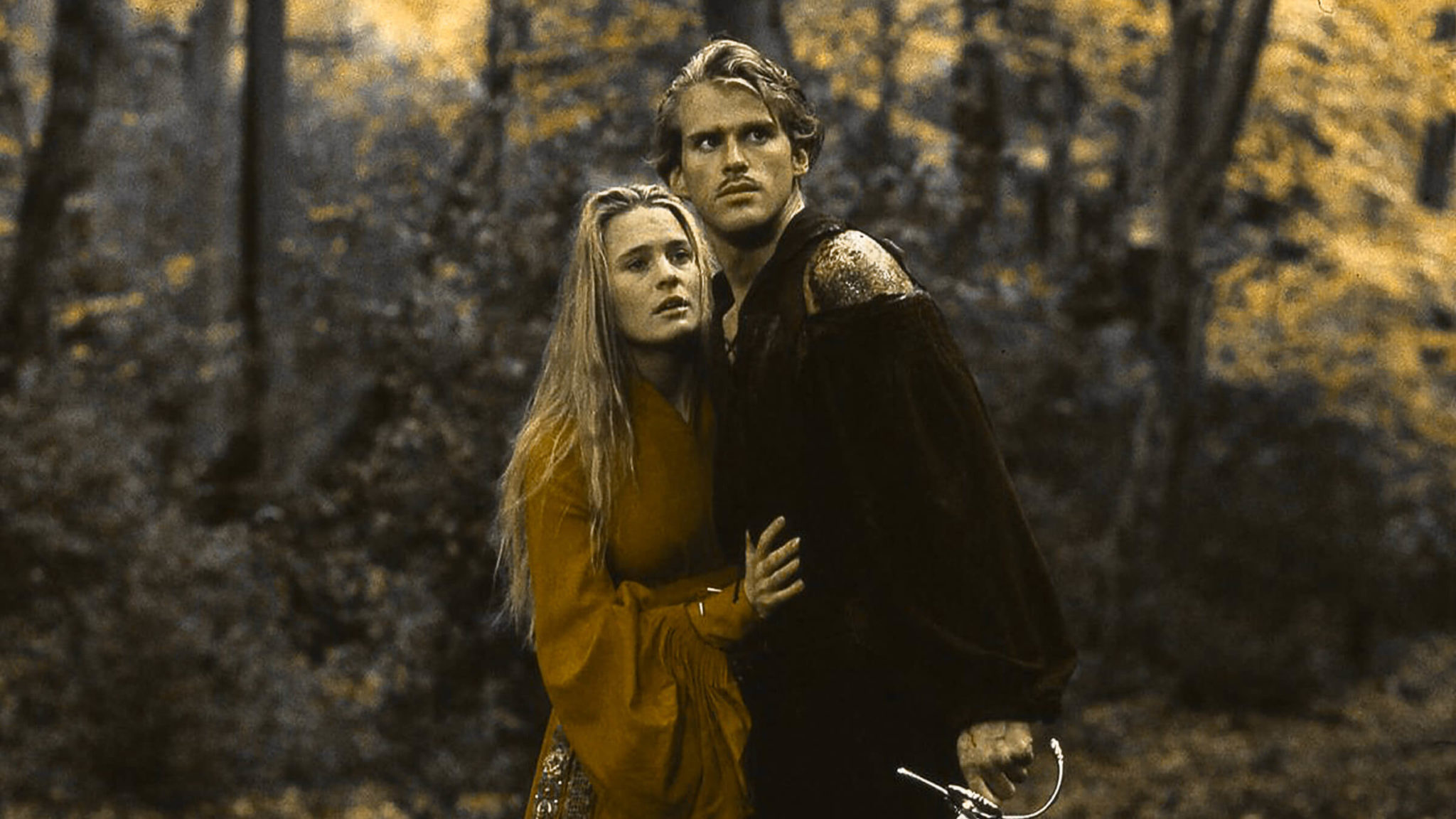
Montages are the visual equivalent of the idea that a whole can be greater than the sum of its parts.
Unlike many plot devices, montages can be seen everywhere in film and television. Name a movie or TV show and it probably features a montage.
It’s also a useful tool every screenwriter should have in their writing arsenal. Audiences understand and love them, they help compress narrative and save valuable page space, can be used in infinite ways in any genre imaginable, and — arguably the best part — if you’re using them for the right reasons, they’re pretty damn effective.
So, let’s take a look at what montages are and how they're used specifically as a plot device. But first, what's a plot device?
What Is a Plot Device?
Plot devices are handy techniques that writers can use to propel or impact a story’s plot in some way.
What Is a Montage?
If you really want to get technical about it, a montage is actually a film editing technique. But it’s just as useful for screenwriters.
A montage is a series of shots that effectively shows the passage of time, shortening or lengthening of physical distance, condensing of information, or some other notable change in narrative.
In editing, a montage is a series of shots or short, interconnected scenes. Unfortunately, there’s no hard-and-fast rule for how to format a montage, but the most common formatting techniques involve writing a series of short scenes in different locations or listing the various things that occur in a single location.
When it comes to montages, if you’re writing one, you’ll know. And when you see one, whether on the page or on the screen, you’ll know.
Types of Montages
As the video above illustrates, not all montages are created equally. Yes, at their core, they serve the same function — to condense. But what they condense can be drastically different.
In this way, there are countless types of montages.
Some montages show the passage of time, while others indicate a variety or growing number of locations. Still others indicate the progression of a relationship, illustrate the universality of an experience or convey a large amount of important information.
There are montages for good times and sad times, failures and successes. There are falling-in-love montages, costume-test montages, boredom montages, planning montages and training montages, death montages and sex montages, terrible interview montages, and writer’s block montages.
Think of a change, any change, that could occur in a story and there’s probably a montage of it in a movie somewhere.
I doubt you’ll find an exhaustive list of every type of montage in existence (although the list on TVTropes.com is certainly helpful). Just know that there is incredible freedom in what a montage can convey.
Why Montages Works
Audiences know and understand what montages do because we see them so often.
When we watch something, we go in with the understanding that it has been edited and implicitly understand that there will be invisible cuts between shots and scenes. Indeterminate amounts of time often go by in those minuscule cuts, which is something we accept as an element of filmmaking.
So unless you’re writing a real-time narrative, you’ll probably find yourself needing to simplify something in your story. That’s where the montage comes in.
Montages are handy and effective ways writers can condense information, convey some kind of change or development in the story, or give the audience crucial information without sacrificing valuable page space.
There’s nothing wrong with a good montage sequence, so don’t be afraid to use them.
And remember, for this plot device it’s less about the content and more about the effect the technique has on the audience’s understanding of the narrative.
More Plot Devices: Everything You Need to Know About Artifacts of Attraction
Case Studies
Now that you know montages are a thing of infinite possibilities, let’s explore some concrete examples.
The Baptism and Blood Montage in The Godfather
Say what you want about The Godfather, you can’t deny the effectiveness of the third act’s “Baptism and Blood” montage.
Throughout the (insanely long) movie, we’ve watched Michael Corleone slowly ascend to the top of his Italian American mafia family and the montage near the end of the film cements his character arc, showing how he’s changed from reluctant son to ruthless leader.
This montage is all about contrast — between who Michael was and who he is, between his calm demeanor in the church and the chaos he has ordered to take place on the streets, and between the idyllic, highly religious symbolism and the merciless, brutal murders of the other mafia members.
The Peach Fuzz Montage in Parasite
Bong Joon Ho’s Best Picture has a lot going on, which makes it the perfect film for a montage. And boy does it have a good one.
Parasite’s “Peach Fuzz” montage happens near the end of Act One after three of the four Kim family members have succeeded in infiltrating the wealthy Park family. All that’s left to do is get rid of the current housekeeper.
As the video below explains, the montage takes place over about five minutes and consists of 60 shots. In this sequence, Bong Joon Ho effectively establishes why the current housekeeper is so difficult to remove, as well as shows the Kim family create and practice their plan to manipulate Mrs. Park into firing the housekeeper for their own benefit.
Not only does this montage compress time, narrative, and information, it also skillfully references itself (in specific shots and careful pacing) and foreshadows some of the crazy events to come.
Montages in Animated Movies
Maybe part of the reason we so easily understand and accept montage sequences is that we see them starting at a very young age.
Animated stories are full of montages — especially Disney animated musicals, in which the montage is often combined with a song.
Consider these variations of the musical montage in animated movies:
- “Hakuna Matata” and “Can You Feel the Love Tonight?” in The Lion King
- “A Whole New World” in Aladdin
- “When Will My Life Begin?” in Tangled
- “I’ll Make a Man Out of You” in Mulan
- “Love Is An Open Door” in Frozen
- “Strangers Like Me” in Tarzan
- “Where You Are” in Moana
- “Zero to Hero” in Hercules
- “Something There” in Beauty and the Beast
- “Colors of the Wind” in Pocahontas
Montages in animated movies often focus on drastic visual change (to show the progression of time), repetition (to drive a point home for young viewers), or visual variation (for expository purposes).
How to Use a Montage in Your Story
Unlike other plot devices, montages can be used without many qualifications. If you need to convey something quickly, use a montage.
That said, you shouldn’t write a montage just because. These sequences are highly effective at illustrating certain things, but cannot replace dramatic, well-written scenes.
Before putting a montage on the page, it’s probably best to question why you’re writing the sequence as a montage in the first place. If the montage exists for one of the reasons below, keep on keeping on. But if it’s to get out of writing a particularly difficult scene, I think you know what must be done.
Montages work particularly well if you need to:
- Jump forward in the narrative without skipping the content completely
- Show the progression of time
- Illustrate a change in physical location, or highlight a variety of locations
- Display the development or deterioration of a character, relationship, or setting
- Compare and contrast or juxtapose the experiences of two characters
- Weave several storylines together
- Convey a lot of information quickly (in the vein of a highlights reel)
- Show the repetition of an important element in the story
Many montages do several of the things on this list at once. Again, there aren’t written-in-stone rules for what a montage can or can’t do.
The Parasite montage effectively conveys narrative progression, jumps forward through time relatively quickly, and weaves a handful of characters’ actions together to create a whole. In Mulan, the montage during “I’ll Make a Man Out of You” shows the progression of time, the repetition of training, and drastic character development in just a single song.
When weighing the pros and cons of writing a montage, consider what you’re trying to convey in the first place and how you can manipulate the known montage form to subvert audience expectations. And remember, every scene should exist on the page for a reason — even in a montage.
Montages can also be helpful in the revision process. If, when revising, you realize that many of your scenes feel repetitive, you have two choices. One, condense them into a single scene, or two, reformat them as a montage.
---
Check out our other plot device breakdowns from this series here!
 Britton Perelman is a writer and storyteller from the middle of nowhere, Ohio. She’s had jobs in travel writing, movie trailers, and podcasting, and is currently getting her MFA in Screenwriting at the University of Texas at Austin. When not writing, Britton is most likely belting along to Broadway musical soundtracks, carefully making miniature bookshelves, or napping with her dog, Indiana Jones. Find more of her writing on her website or follow her on Instagram.
Britton Perelman is a writer and storyteller from the middle of nowhere, Ohio. She’s had jobs in travel writing, movie trailers, and podcasting, and is currently getting her MFA in Screenwriting at the University of Texas at Austin. When not writing, Britton is most likely belting along to Broadway musical soundtracks, carefully making miniature bookshelves, or napping with her dog, Indiana Jones. Find more of her writing on her website or follow her on Instagram.
Get Our Screenwriting Newsletter!
Get weekly writing inspiration delivered to your inbox - including industry news, popular articles, and more!



